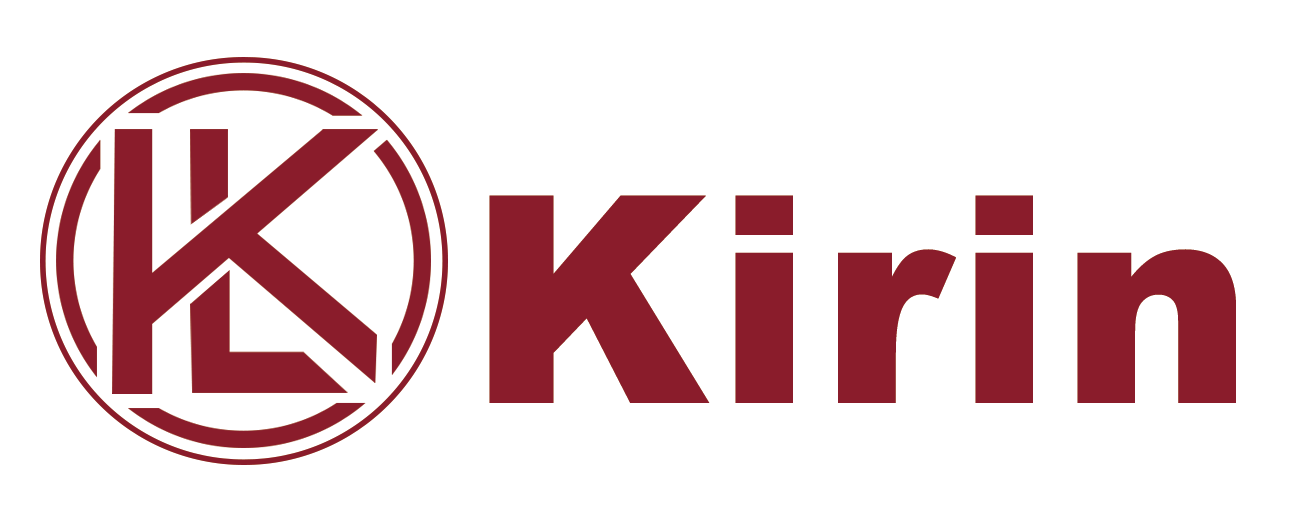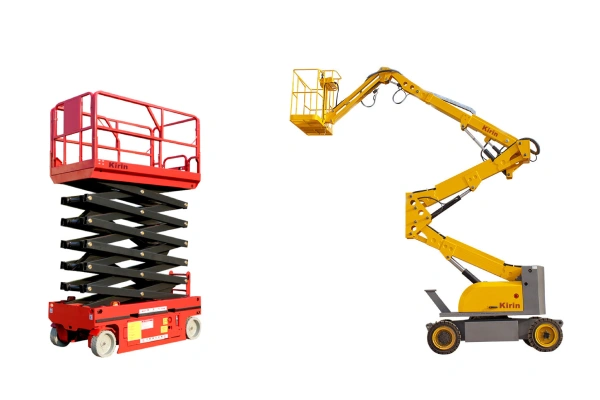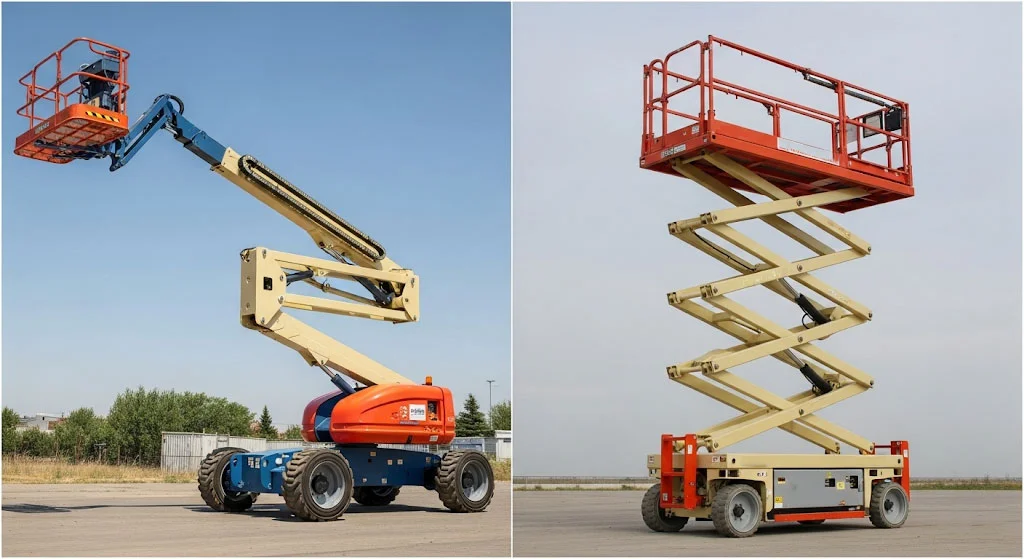
Working at height is a common necessity across numerous industries, from construction and maintenance to warehousing and film production. To safely and efficiently reach elevated work areas, various types of aerial work platforms (AWPs) or mobile elevating work platforms (MEWPs) are employed. Among the most prevalent are the knuckle boom lift and the scissor lift. While both serve the fundamental purpose of lifting personnel and equipment, their design, capabilities, and ideal applications differ significantly.
Understanding these distinctions is crucial for selecting the right equipment, optimizing project efficiency, and ensuring workplace safety. This comprehensive guide will delve into the intricacies of both the knuckle boom lift and the scissor lift, highlighting their unique features, advantages, disadvantages, and ultimately, help you make an informed decision for your next project.
Understanding the Knuckle Boom Lift
A. What is a Knuckle Boom Lift?
A knuckle boom lift, also often referred to as an articulating boom lift or an up-and-over boom lift, is a type of aerial work platform characterized by its arm, which features multiple sections that “knuckle” or bend. This articulated arm design allows the platform to extend up, over, and around obstacles, providing exceptional reach and versatility. The unique jointed arm resembles a human finger or knuckle, hence the name. This design allows for a much greater range of motion and precision placement compared to other types of lifts. When you need to get to a specific point that isn’t directly above the base, a knuckle boom lift is often the ideal solution.
B. Key Features and Components:
The distinct capabilities of a knuckle boom lift stem from its innovative design and key components:
- Articulating Boom: This is the defining feature. The boom is made up of multiple hinged sections that can be independently controlled, allowing for unparalleled maneuverability. This articulation is what truly sets a knuckle boom lift apart from other lifts.
- Work Platform/Basket: Located at the end of the boom, this platform safely carries personnel and their tools to the elevated work area. It typically includes guardrails and a control panel for operating the lift.
- Turntable/Rotation: The entire boom assembly is mounted on a turntable, allowing for 360-degree continuous rotation. This enables operators to reach a vast area from a single setup position without repositioning the entire machine.
- Chassis/Base: The sturdy base provides stability for the entire unit. Depending on the model, it can be wheeled (self-propelled) or tracked, offering different levels of rough-terrain capability. Many knuckle boom lift models are designed for outdoor use and challenging ground conditions.
- Outriggers/Stabilizers (Optional): Larger knuckle boom lift models, particularly those with greater reach, may incorporate hydraulic outriggers to enhance stability during operation, especially on uneven terrain.
- Power Source: Knuckle boom lifts can be powered by various sources, including diesel engines for outdoor and heavy-duty applications, electric batteries for quieter and emission-free indoor use, or hybrid systems offering versatility.
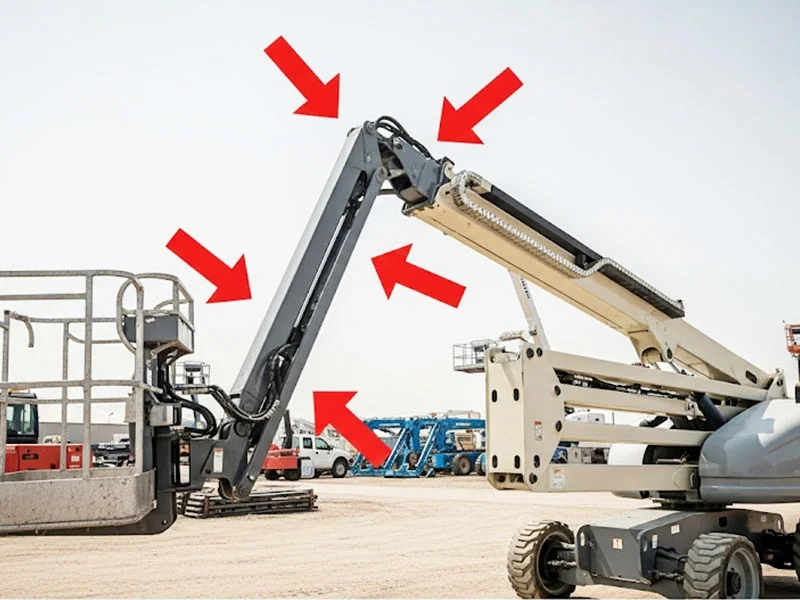
C. Common Applications/Use Cases:
The unparalleled maneuverability of a knuckle boom lift makes it indispensable in a wide array of applications:
- Construction: Reaching difficult-to-access areas on building facades, steel erection, bridge inspections, and general construction tasks where obstacles are present. A knuckle boom lift is a staple on many construction sites.
- Maintenance: Performing maintenance on power lines, telecommunication equipment, streetlights, and building exteriors, especially when trees, signs, or other structures are in the way.
- Arboriculture: Tree trimming and removal, allowing arborists to navigate through branches and position themselves precisely.
- Film and Event Production: Positioning cameras, lighting, and sound equipment at various angles and heights for optimal shots or stage setups.
- Industrial Facilities: Accessing machinery, pipes, and overhead structures in complex industrial environments.
- Shipbuilding and Aviation: Reaching intricate sections of large vessels and aircraft for assembly, maintenance, and inspection.
D. Advantages of a Knuckle Boom Lift:
The benefits of utilizing a knuckle boom lift are numerous:
- Exceptional Maneuverability: The articulating boom allows operators to reach over, under, and around obstacles, providing access to areas that other lifts cannot. This “up and over” capability is a primary reason to choose a knuckle boom lift.
- Versatile Reach: Offers both horizontal and vertical reach, making it suitable for a wide range of tasks.
- Precise Positioning: The independent control of each boom section enables highly accurate placement of the work platform.
- Reduced Repositioning: The extensive reach and 360-degree rotation often mean the machine needs to be moved less frequently, saving time and increasing efficiency.
- Rough Terrain Capability: Many knuckle boom lift models are designed with four-wheel drive and oscillating axles, allowing them to traverse challenging and uneven ground conditions.
E. Disadvantages of a Knuckle Boom Lift:
Despite their advantages, knuckle boom lifts do have some drawbacks:
- Higher Cost: Generally more expensive to purchase, rent, and maintain compared to scissor lifts due to their complex design.
- Larger Footprint: Can require more space to operate and transport, especially models with significant reach.
- Operator Training: Requires more specialized training for operators due to the complexity of the articulating boom movements.
- Limited Platform Space: The work platform is typically smaller than that of a scissor lift, limiting the amount of personnel and materials that can be lifted at once.
- Stability Requirements: While stable, proper setup and understanding of load charts are crucial to prevent tipping, particularly when extending horizontally.
Understanding the Scissor Lift
A. What is a Scissor Lift?
A scissor lift is a type of aerial work platform that primarily moves vertically. Its distinctive lifting mechanism consists of a series of crisscrossing metal supports, resembling a pair of scissors, which extend and contract to raise and lower the work platform. Unlike the multi-directional reach of a knuckle boom lift, a scissor lift provides a stable, vertical elevation.
B. Key Features and Components:
The design of a scissor lift is characterized by its robust and straightforward components:
- Scissor Mechanism: The core of the lift, composed of interconnected, collapsible supports that move in a scissor-like fashion to elevate the platform.
- Work Platform/Deck: A large, flat platform that provides ample space for personnel, tools, and materials. Many models feature extendable decks for increased workspace.
- Base/Chassis: A sturdy, rectangular base that houses the power source, controls, and often the wheels for mobility.
- Wheels: Scissor lifts can be either slab (solid, non-marking tires for indoor use) or rough terrain (pneumatic tires with aggressive tread for outdoor use).
- Power Source: Commonly electric batteries for indoor and quiet operations, or diesel/gas engines for outdoor and heavier-duty tasks.
C. Common Applications/Use Cases:
Scissor lifts are ideal for tasks requiring direct vertical access and ample workspace:
- Warehouse and Inventory Management: Stocking shelves, retrieving items, and performing inventory checks in large storage facilities.
- Indoor Construction and Maintenance: Installing overhead utilities (lighting, HVAC, sprinkler systems), painting walls, drywall installation, and general interior finishing.
- Retail and Commercial Settings: Setting up displays, changing signage, and performing maintenance in malls, supermarkets, and convention centers.
- Facade Work (Limited): Reaching relatively flat building exteriors for painting, window cleaning, and minor repairs where no significant obstacles are present.
- Event Setup: Erecting stages, setting up lighting rigs, and hanging banners for concerts, exhibitions, and sporting events.
- Aircraft Maintenance (Indoor Hangars): Providing stable platforms for working on the fuselage and wings of aircraft within controlled environments.
D. Advantages of a Scissor Lift:
Scissor lifts offer several compelling advantages:
- Larger Work Platform: Provides more space for multiple workers, tools, and materials, enhancing productivity.
- Higher Load Capacity: Generally capable of lifting heavier loads compared to many knuckle boom lift models.
- Simplified Operation: Easier to operate and control, requiring less specialized training than a knuckle boom lift.
- Increased Stability: The broad base and vertical lifting mechanism provide excellent stability, especially when working directly overhead.
- Cost-Effective: Typically less expensive to rent or purchase, and often have lower maintenance costs than boom lifts.
- Variety of Power Options: Electric models are ideal for indoor use due to zero emissions and quiet operation.
E. Disadvantages of a Scissor Lift:
Despite their utility, scissor lifts have some limitations:
- Limited Reach: Primarily offers vertical elevation; cannot reach over or around obstacles. This is the biggest difference when comparing to a knuckle boom lift.
- Less Versatility: Not suitable for tasks requiring horizontal outreach or intricate positioning.
- Ground Conditions: While rough-terrain models exist, standard slab scissor lifts require a relatively flat and firm surface for safe operation.
- Movement Restrictions: Operators must lower the platform before driving the lift in most cases, which can be time-consuming.
- Can’t Articulate: The inability to articulate means you need a clear vertical path to your work area, unlike a knuckle boom lift.
Key Differences: Knuckle Boom Lift vs. Scissor Lift
The fundamental distinctions between a knuckle boom lift and a scissor lift can be summarized in the following table:
| Feature | Knuckle Boom Lift | Scissor Lift |
| Movement | Articulating (up, over, and around obstacles) | Primarily vertical (straight up and down) |
| Reach | Excellent horizontal and vertical outreach | Limited to vertical reach |
| Maneuverability | High, can navigate complex environments | Lower, requires direct vertical access |
| Work Platform | Smaller, typically for 1-2 workers and limited tools | Larger, accommodating multiple workers and more materials |
| Load Capacity | Generally lower | Generally higher |
| Stability | Requires careful setup, can be less stable with full horizontal extension | Very stable, especially for direct overhead work |
| Applications | Construction (complex), maintenance, arboriculture, film, industrial | Warehousing, indoor construction, retail, general maintenance |
| Cost | Higher acquisition and rental costs | Lower acquisition and rental costs |
| Operator Training | More specialized and extensive | Simpler, less extensive |
| Footprint | Can be larger, especially with extended boom | Typically smaller, more compact |
| Best For | Reaching awkward or obstructed areas, precision tasks | Lifting multiple workers or heavy materials directly overhead |
Choosing the Right Lift for Your Project
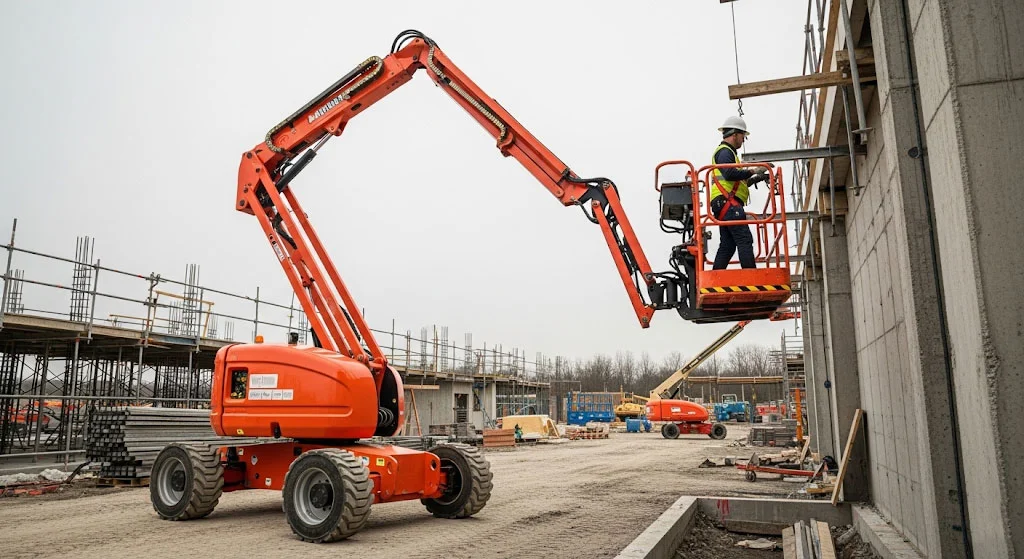
Selecting between a knuckle boom lift and a scissor lift boils down to a thorough assessment of your project’s specific requirements. Here are the key questions to consider:
- What is the required reach? If you need to reach up and over obstacles, or require significant horizontal outreach, a knuckle boom lift is the clear choice. If your work is primarily directly overhead, a scissor lift will suffice.
- What kind of obstacles are present? If there are walls, machinery, trees, or other structures blocking direct vertical access, the articulating capabilities of a knuckle boom lift are indispensable.
- How much workspace do you need? If you have multiple workers, bulky tools, or a significant amount of materials to lift, the larger platform of a scissor lift will be more efficient.
- What is the maximum load capacity required? For very heavy loads, a scissor lift often offers a higher weight capacity.
- What are the ground conditions? For rough or uneven terrain, a rough-terrain knuckle boom lift or rough-terrain scissor lift will be necessary. For flat, finished surfaces, an electric slab scissor lift is often preferred.
- What is your budget? If cost is a primary concern and a simple vertical lift is sufficient, a scissor lift is the more economical option.
- What are the power requirements? Do you need an electric, diesel, or hybrid model? Consider noise, emissions, and runtime.
- What is the operator’s experience level? While training is always required, the operation of a scissor lift is generally more straightforward than that of a knuckle boom lift.
For projects that demand versatility, precision, and the ability to navigate around obstructions, the knuckle boom lift excels. Conversely, for tasks requiring stable, direct vertical elevation with ample workspace and higher load capacities, the scissor lift is the more practical and cost-effective solution. In some complex projects, you might even find the need for both a knuckle boom lift and a scissor lift to cover all required access points.
Conclusion
Both the knuckle boom lift and the scissor lift are invaluable tools in the world of elevated work. While they share the common goal of safely raising workers to height, their distinct designs and operational capabilities make them suitable for different applications. The knuckle boom lift, with its unparalleled articulating arm, offers superior reach and maneuverability for challenging, obstructed work areas. In contrast, the scissor lift provides a stable, spacious platform for straightforward vertical access and heavier loads. By carefully evaluating your project’s specific needs, you can confidently choose the right aerial work platform to ensure safety, efficiency, and success.
Contact Us
Need help deciding which lift is right for your next project? Contact our experts today for a consultation and competitive rental or purchase options for both knuckle boom lift and scissor lift models.
FAQs
Q: Can a knuckle boom lift be used indoors?
A: Yes, electric-powered knuckle boom lift models are suitable for indoor use as they produce no emissions and operate quietly.
Q: Are scissor lifts safer than knuckle boom lifts?
A: Both types of lifts are safe when operated correctly and according to manufacturer guidelines. Scissor lifts may appear inherently more stable due to their vertical lift, but knuckle boom lift models are designed with advanced stability systems and load management. Operator training and adherence to safety protocols are paramount for both.
Q: What is the average rental cost difference between a knuckle boom lift and a scissor lift?
A: Generally, knuckle boom lift rentals are more expensive than scissor lift rentals due to their complex mechanics and greater versatility. However, costs vary significantly based on size, reach, duration of rental, and location.
Q: Can I drive a knuckle boom lift while the boom is extended?
A: This depends on the specific model and manufacturer’s guidelines. Some knuckle boom lift models allow for limited drive capabilities with the boom extended, while others require the boom to be retracted for movement. Always consult the operator’s manual.
Q: What is the maximum height a scissor lift can reach compared to a knuckle boom lift?
A: Scissor lifts typically reach heights up to around 50 feet, though some specialized models can go higher. Knuckle boom lift models, especially larger ones, can reach significantly greater heights, often exceeding 100 or even 150 feet, along with considerable horizontal outreach.
